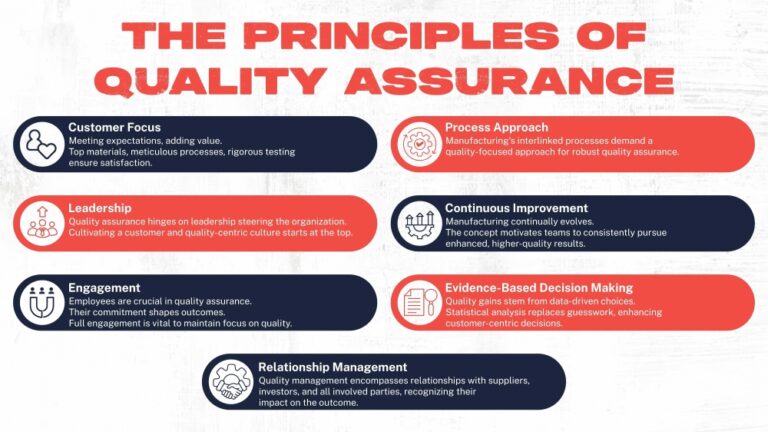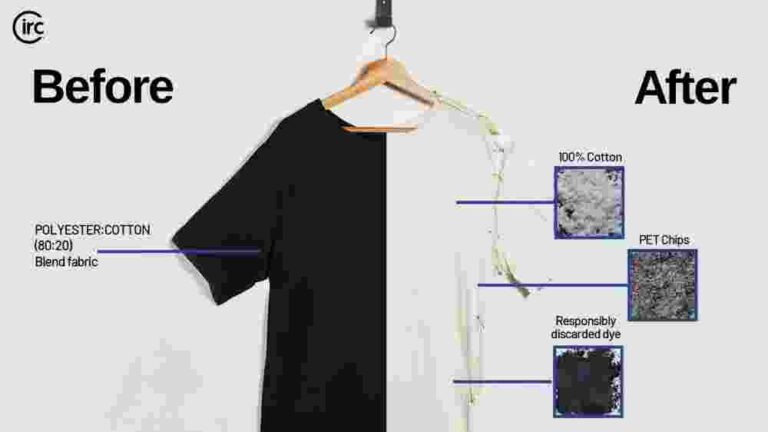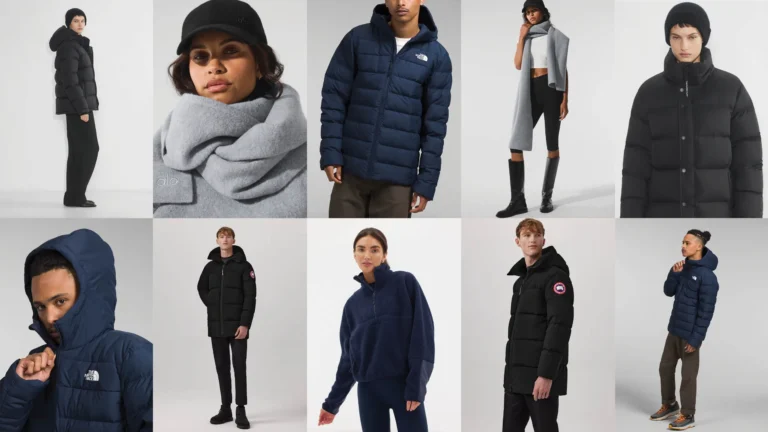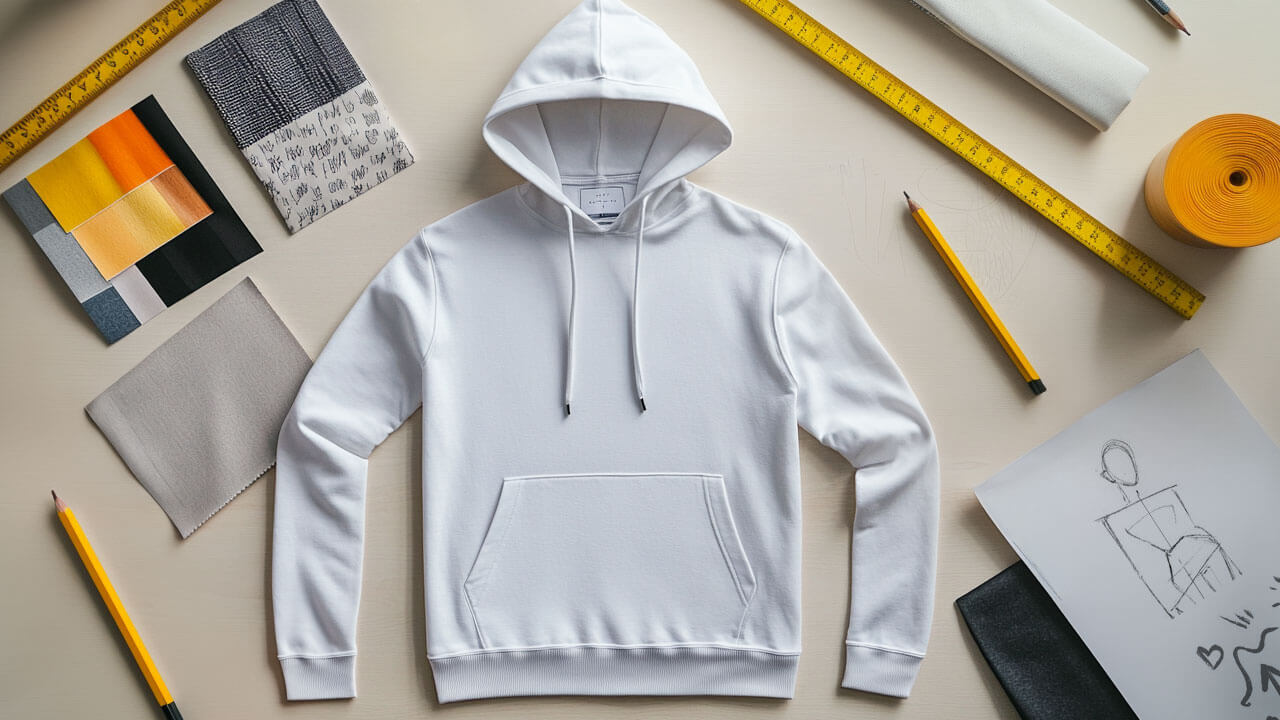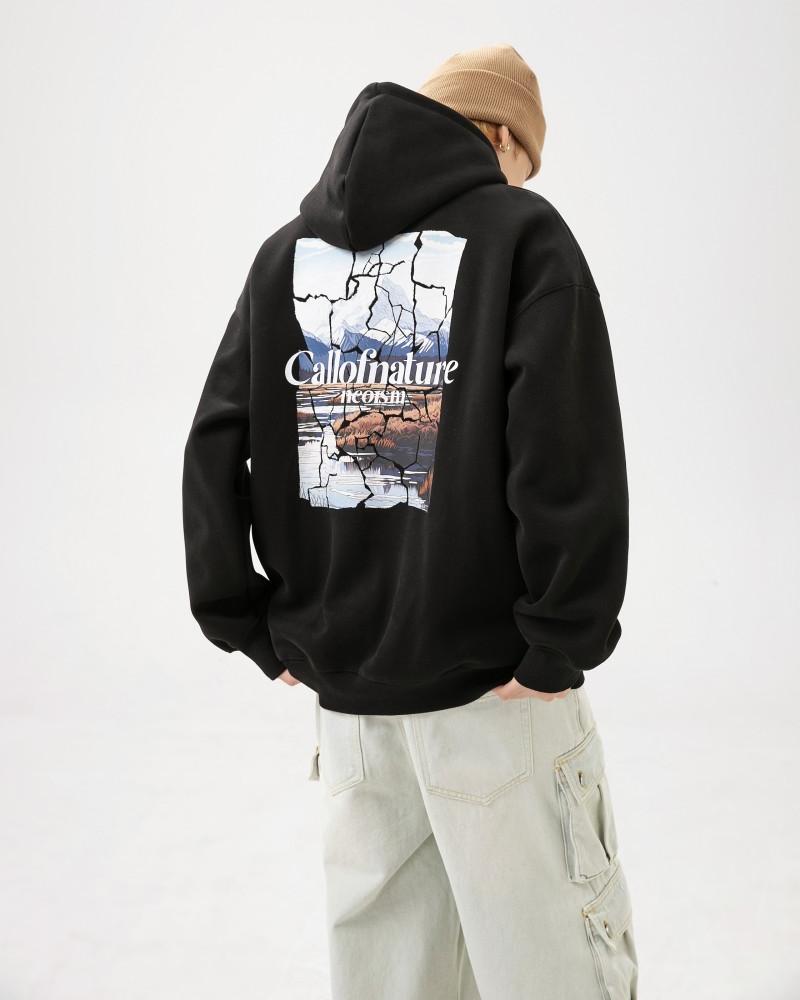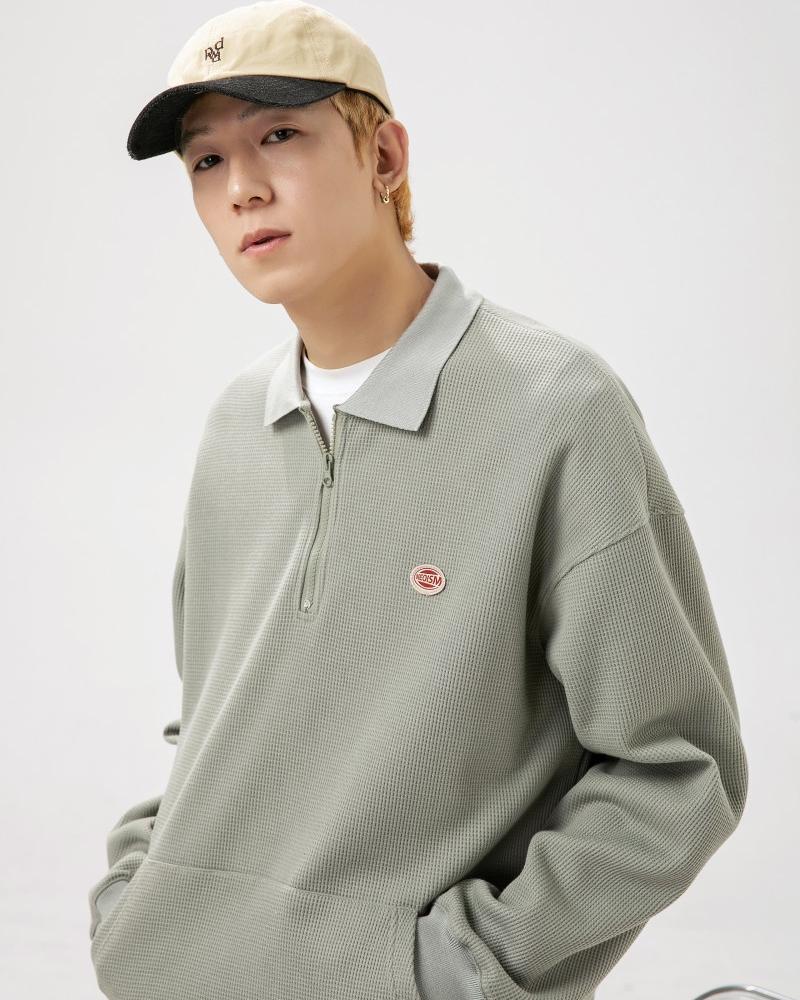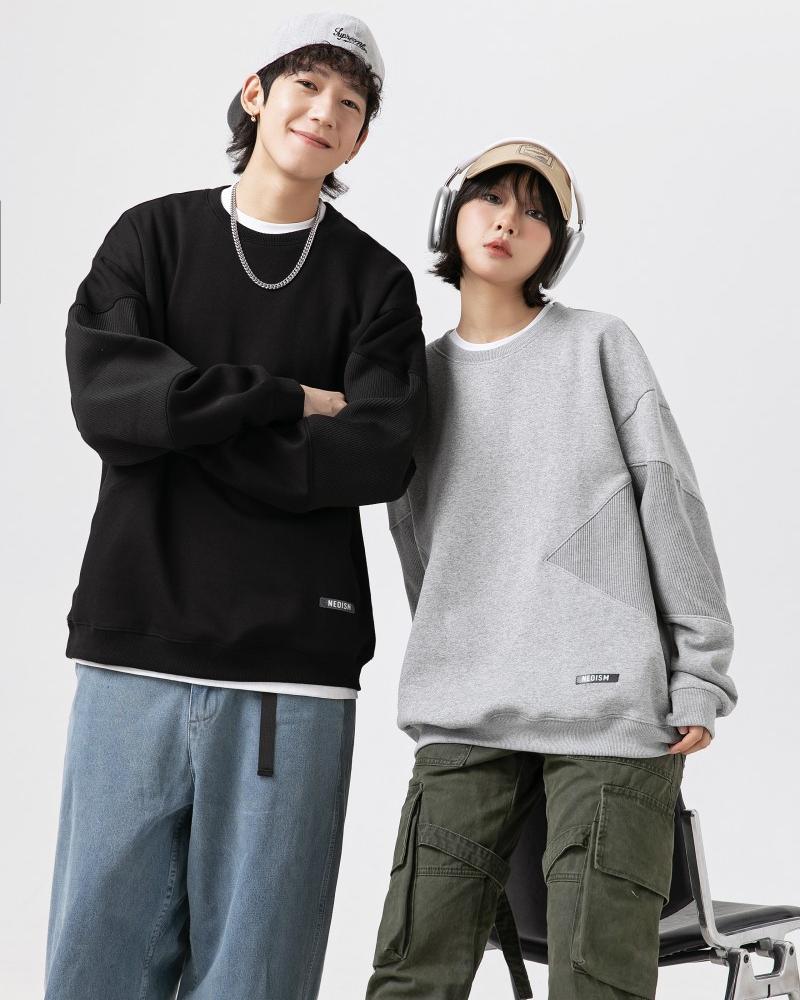-
No. 28, Zhanqian 1st Street, Liuhua Subdistrict, Yuexiu District, Guangzhou City

How to choose clothing labels, stickers and packaging materials
Table of Contents
Abstract
In the clothing industry, packaging is not only a shell to protect the product, but also an important extension of the brand image. Clothing labels, custom stickers and packaging materials together constitute the customer’s first impression and can even influence purchasing decisions. This article will start from 10 key factors and analyze in detail how to choose the most suitable labels, stickers and packaging materials for the brand, covering multiple dimensions such as material, design, cost, and environmental protection, to help brands improve professionalism, enhance customer experience and increase repurchase rate.
1. The material of clothing labels determines comfort and durability
Argument:
- Satin labels are smooth to the touch and suitable for high-end brands, but the cost is higher.
- Cotton labels are breathable and environmentally friendly, suitable for sustainable brands, but may not be washable.
- Polyester labels are wear-resistant and washable, suitable for sportswear, but lack natural texture.
Conclusion: Choose materials according to brand positioning. High-end brands can choose satin, environmentally friendly brands are suitable for cotton, and sports brands give priority to polyester.
2. Hangtag design affects brand story delivery
Argument:
- Cardboard hangtag Suitable for modern minimalist style, can print QR code to enhance interaction.
- Recycled paper hangtag Reflects environmental protection concept and attracts green consumers.
- Kraft paper hangtag Creates a retro or handmade brand image, suitable for niche design.
Conclusion: Hangtags are not only information carriers, but also an extension of brand stories. It is crucial to choose materials and designs that match the brand tone.
3. Heat transfer labels are suitable for traceless comfort needs
Argument:
- Directly hot stamped on clothing to avoid the friction discomfort of traditional labels (especially suitable for baby clothing).
- Customizable colors and patterns, suitable for minimalist or technological brands.
- Not easy to fall off after long-term washing, and more durable than sewn labels.
Conclusion: Brands that pursue comfort and modernity should give priority to heat transfer labels.
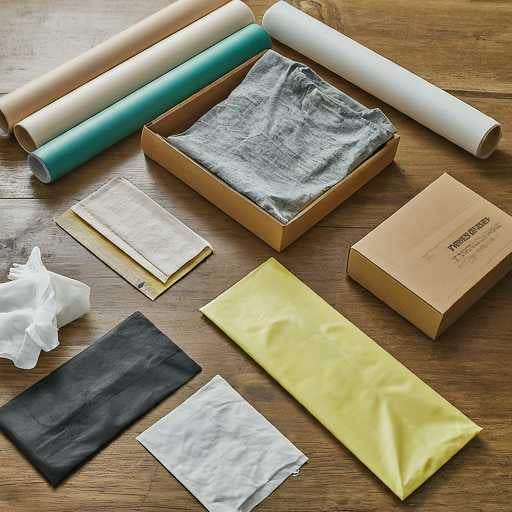
4. Customized stickers enhance brand recognition
Argument:
- Vinyl stickers Waterproof and durable, suitable for long-term use (such as water bottles, notebooks).
- Paper stickers Low cost, suitable for short-term promotions or event gifts.
- Degradable stickers In line with the environmental trend, attracting consumers with strong environmental awareness.
Conclusion: Stickers are a low-cost and high-return brand promotion tool. Choosing materials suitable for the use scenario can maximize the effect.
5. Thank you stickers enhance customer loyalty
Argument:
- Studies show that personalized thank you messages can increase repurchase rates by 30% (source: Zazzle).
- Can be combined with brand IP image to enhance emotional connection (such as cartoon patterns + handwritten “thank you”).
- Suitable for e-commerce brands to make up for the shortcomings of offline experience.
Conclusion: A small thank you sticker can greatly improve customer satisfaction and is a low-cost, high-return marketing strategy.
6. Branded tape enhances the unboxing experience
Argument:
- Tape printed with brand logo allows the package to still convey brand information during the logistics process.
- Compared with ordinary tape, the cost of customized tape is only 10%-15% higher, but the recognition is significantly improved.
- Suitable for DTC (direct to consumer) brands to enhance the sense of unboxing ceremony.
Conclusion: Branded tape is an easily overlooked but valuable packaging detail that can effectively enhance the brand’s professionalism.
7. Environmentally friendly packaging materials are in line with market trends
Argument:
- 67% of consumers prefer brands with environmentally friendly packaging (Source: Nielsen).
- You can choose degradable plastic bags, recycled paper boxes or corn fiber labels.
- Although environmentally friendly materials are slightly more expensive, they can attract high-net-worth customer groups.
Conclusion: Sustainable development is not only an ethical choice, but also a commercial competitive advantage.
8. Packaging structure affects transportation costs and user experience
Argument:
- Folding box Suitable for lightweight clothing, saving storage space.
- Rigid box Suitable for luxury goods, improving the unboxing experience, but the shipping cost is higher.
- Reusable packaging (such as cloth bags) enhances brand practicality and promotes secondary communication.
Conclusion: Balance cost and user experience, and choose the packaging structure that best suits the product characteristics.
9. Color and font design affect brand memory points
Argument:
- Monochrome design (such as black and white labels) is more advanced and suitable for minimalist brands.
- Bright colors (such as fluorescent stickers) are suitable for young trendy brands and enhance visual impact.
- Font selection must be consistent with the brand tone (serif fonts are classic, sans serif fonts are modern).
Conclusion: Consistency in visual design strengthens brand recognition and avoids cluttered elements.
10. Cost control and bulk purchasing strategy
Argument:
- The larger the order volume, the lower the unit price (e.g., the minimum order of 1,000 customized labels is the most cost-effective).
- Mixed purchasing (e.g., standard hangtags + customized stickers) balances cost and uniqueness.
- Long-term cooperative suppliers can offer discounts to reduce marginal costs.
Conclusion: Reasonably plan the purchase volume to avoid excessive customization leading to inventory backlogs.
FAQS
1. What are the best label materials for high-end clothing brands?
Satin labels offer a luxurious feel, while cotton works best for eco-friendly brands, and polyester is ideal for durable sportswear.
2. How can hangtags improve brand storytelling?
Use QR codes on cardboard hangtags, recycled paper for sustainability, or kraft paper for a handmade aesthetic.
3. Are heat-transfer labels better than sewn-in tags?
Yes, they provide a seamless, irritation-free option, especially for baby clothes and performance wear.
4. What sticker material is best for long-term use?
Vinyl stickers are waterproof and durable, while paper stickers are cost-effective for short-term promotions.
Summary
Clothing labels, stickers, and packaging materials are the “silent salesmen” of brand image, directly affecting consumers’ purchasing decisions and loyalty. Through 10 key factors such as material selection, design optimization, environmental considerations, and cost control, brands can create packaging solutions that are both beautiful and practical. Whether it is high-end luxury or affordable fast fashion, details determine success or failure – The best packaging can make products stand out, make customers remember the brand, and be willing to buy again.
Optimize your packaging strategy now and make every detail count for your brand!

